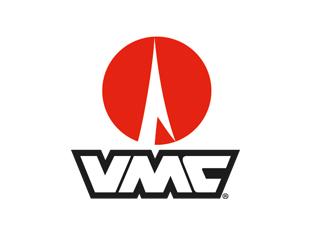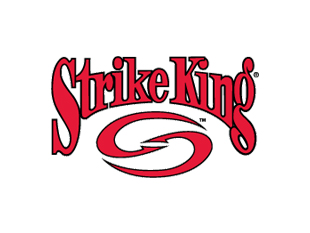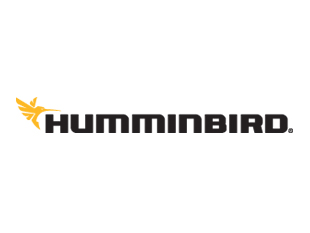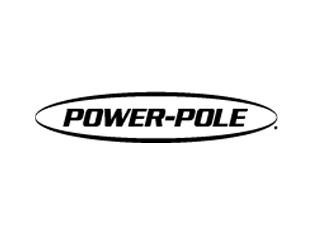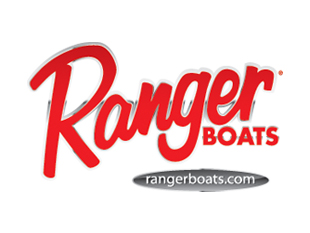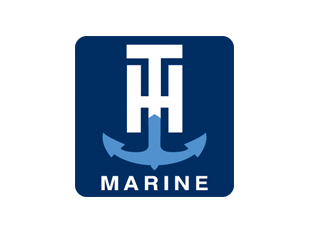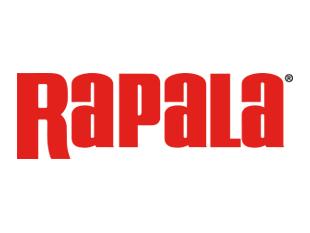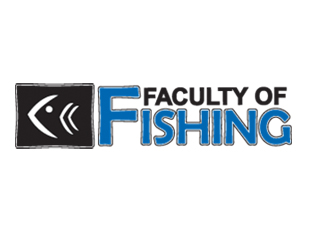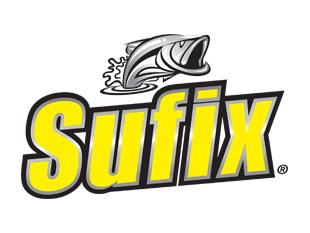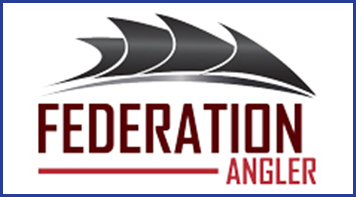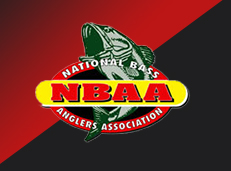 Kentucky Department of Fish and Wildlife Resources (KDFWR)
Kentucky Department of Fish and Wildlife Resources (KDFWR)
Position Statement
Regarding Boat Restrictions at U.S. Corp of Engineers (USCOE) owned Dams
KDFWR is opposed to the USCOE decision to unnecessarily restrict boat access below the dams.
If you are as well, please contact your U.S. Senators and Representative now!
Background:
The US Army Corps of Engineers, Nashville District, released its plans on December 13, 2012 to restrict boating access above and below their dams to maximize safety associated with hazardous waters. These new restricted zones are set to take effect in 2013.
The Corps will hold two public information meetings in KY:
Meeting 1 – January 10, 2013 in Grand Rivers, KY from 6-8 pm (CST) at Badgett Playhouse Theater, 1831 JH O’Bryan Avenue.
Meeting 2 – January 24, 2013 in Somerset, KY from 6-8 pm (EST) at Somerset Center for Rural Development, 2292 Hwy 27, Suite 300 (turn off 27 at Traffic Light #15).
Contact your U.S. Senators and Representative to voice your concerns.
The new restrictions are based on a 1996 policy established in ER 1130-2-520, Chapter 10, Project Operations-Navigation and Dredging Operations and Maintenance Policies. This policy allows restricted areas to be established based on hydraulic criteria and site-specific operational considerations. In this case, the recent decision by USCOE impacts four impoundments in Kentucky including Martins Fork, Laurel River, Barkley, and Cumberland lakes. Although the restricted areas above-dam will not have a notable impact to most boating activity,the below-dam restriction will significantly impact boaters and anglers, especially below Lake Cumberland and Barkley Lake.
KDFWR Concerns:
KDFWR agrees with the USCOE that there are significant safety considerations below any dam due to the periodic turbulent conditions and reverse currents that are created. Based on this, the department recognizes and enforces the current warning signal and requirement to wear a Personal Flotation Device (PFD) in the restricted zone already. However, KDFWR is strongly opposed to the proposed restrictive zones for the following reasons:
- Both areas support major recreational fisheries that will be negatively impacted.
- Areas below dams (known as tailwaters) provide a concentration of fish due to the physical barrier, flow and oxygen conditions, and the concentration of forage fish for major predators and these conditions attract boat anglers. Anglers have been accustomed to fishing these areas since 1953 at Lake Cumberland and 1966 at Barkley Lake. Site specific data is not available on Lake Cumberland tailwaters but anecdotally this is highest fishing pressure area and supports the highest catch rate and harvest for this entire 75 miles of trout stream.
- Data from Barkley Lake in 2000 reveal the importance of these tailwaters. Specifically, there were 562 fishing trips per acre immediately below the dam compared to four fishing trips per acre above the dam. Over 60% of these fishing trips were made by boat anglers. Similarly, the fish harvest in tailwaters was recorded at 2,655 fish per acre, compared to only nine fish per acre in the lake. Overall, the economic value for the Barkley Lake tailwater fishery is over $3M.
- The proposed restricted zones below Barkley Lake and Lake Cumberland are unnecessarily restrictive, since they are based on bank full conditions with all major gates open. These conditions represent a true flood stage at either location, when it is definitely unsafe to be in the entire river below the dam. However, the proposed zones will now also restrict access to very calm and safe water for significant portions of the year including the major recreational season. The USCOE’s own policy contains language that allows flexibility, in that any boundaries for restricted access above and below the dam are to be “ordinarily”established based on high flow conditions. The rule does not require the USCOE to take this approach.
- The hydraulic line standard only applies at flood stage and is not applicable during other major times of the year. In particular, the Lake Cumberland hydraulic standard is definitely excessive since gates have only been opened during rare events since the dam was constructed except during the current dam repair era. Major dam repairs will be completed sometime in 2013 and a normal flow operation will follow.
- The proposed buoy line to delineate the zone will be expensive and has not been budgetedas part of normal congressional appropriations.
- The USCOE rule now being implemented has apparently been in effect since 1996. However, the Corp has chosen not to enforce this rule for over 17 years! Despite this, before KDFWR became involved, the USCOE had not announced any intentions to allow for public input to this change in restricted areas. It is important therefore that this input is heard at the public information meetings scheduled for January.
Call to Action and Compromise:
KDFWR has reached out to USCOE officials as well as our state and federal legislators to try and foster a compromise, which addresses the USCOE safety and liability concerns while continuing to promote the outstanding fishing and tourism opportunity in these areas. KDFWR has specifically proposed, as an alternative, warning lights to designate a restricted zone when gates have been opened. Both our Department and the Tennessee Wildlife Resources Agency (TWRA) have agreed to dedicate law enforcement efforts if a less restrictive methodology is utilized. It is our belief that the Corps can maximize safety and minimize legal liability by using these and other alternatives.







